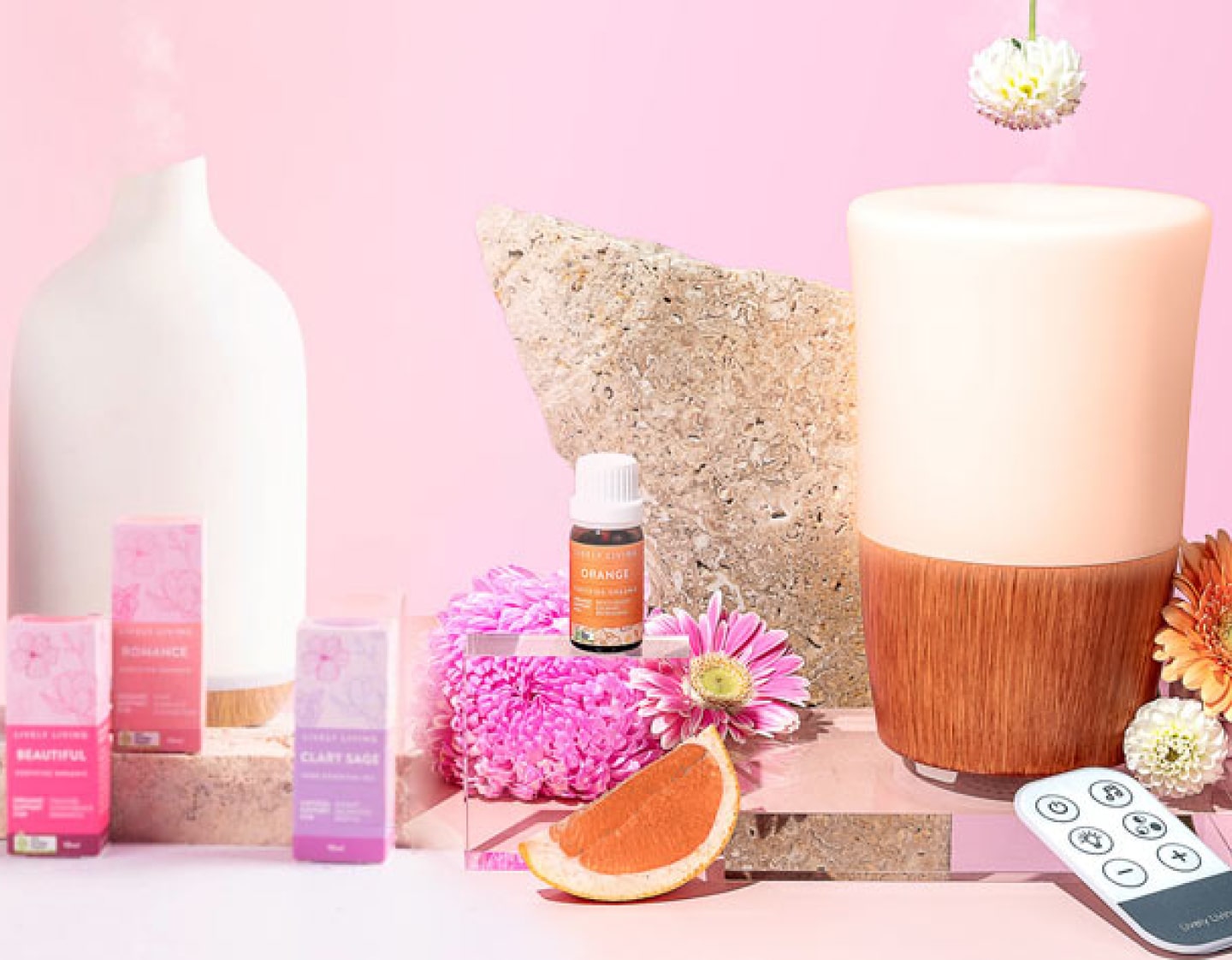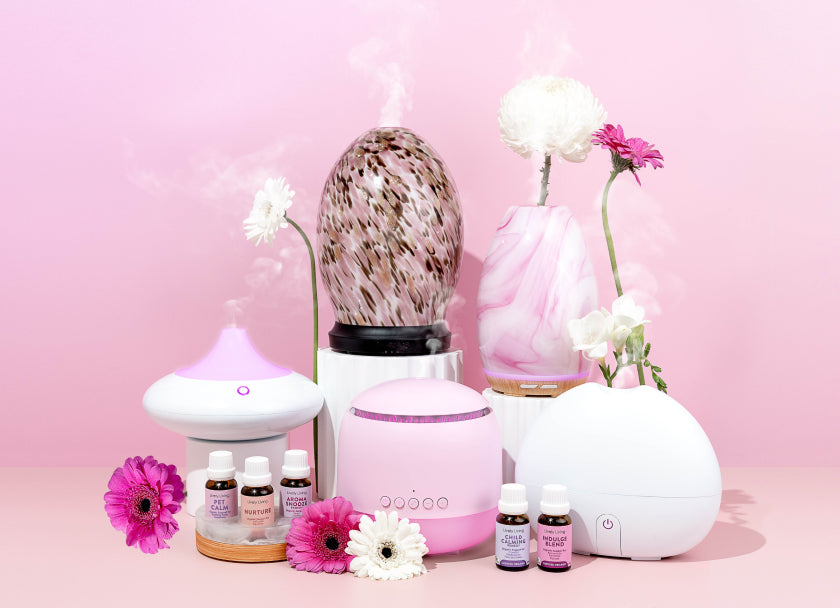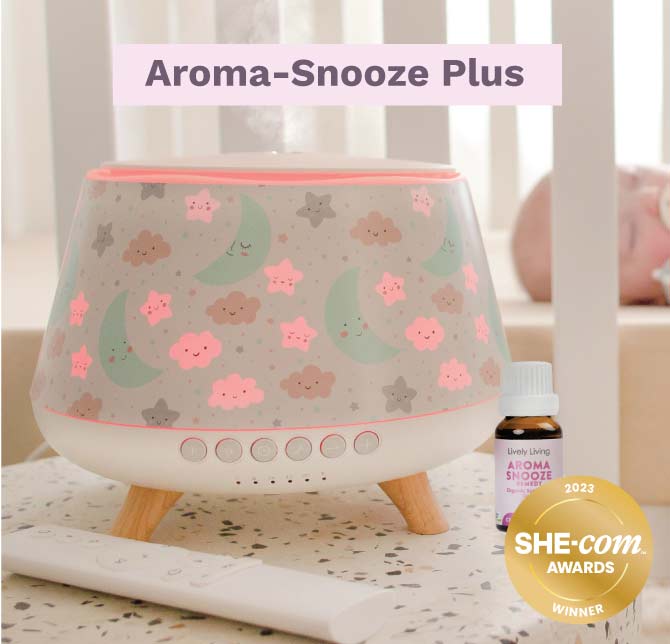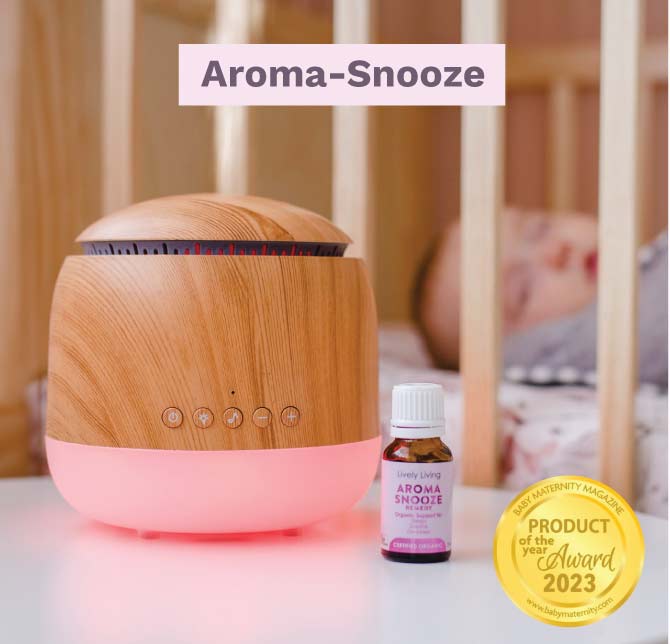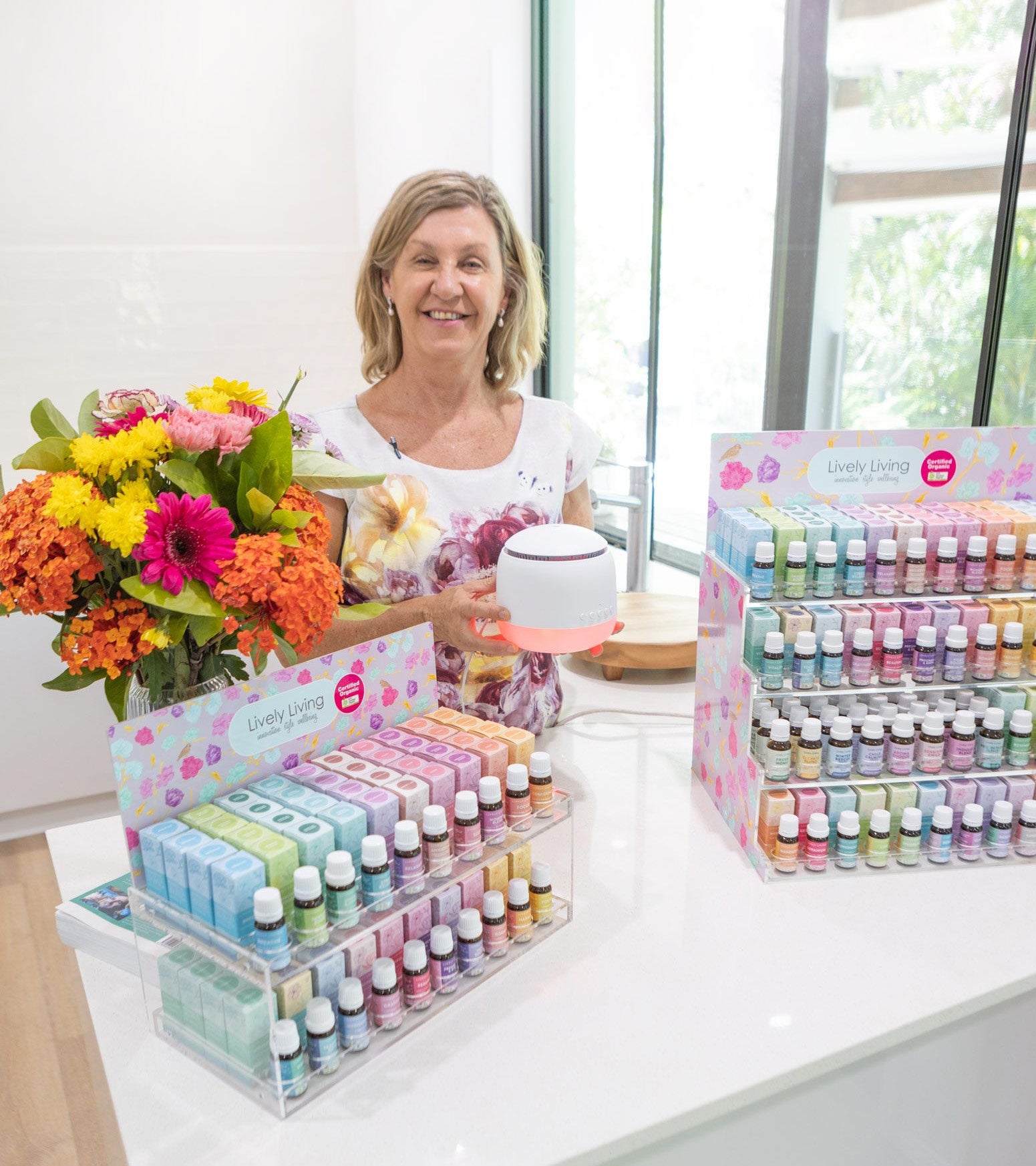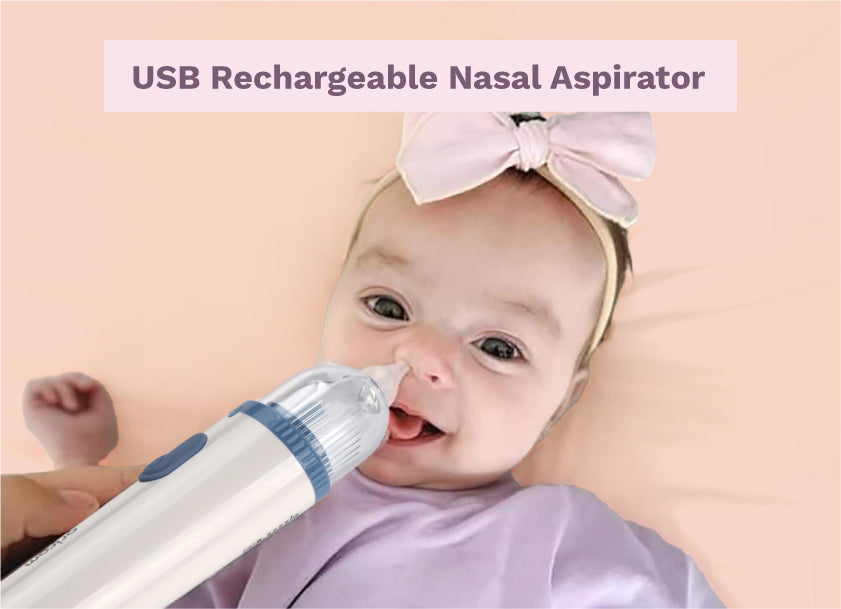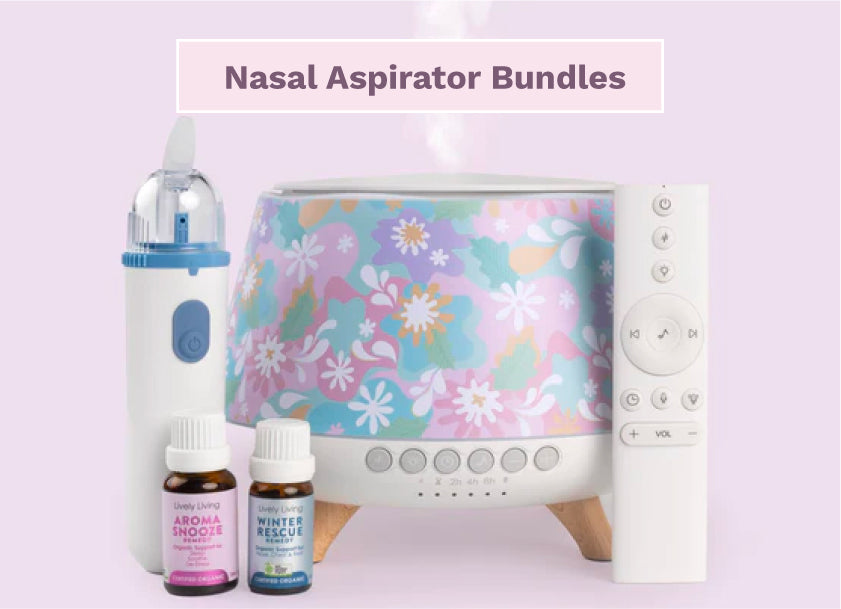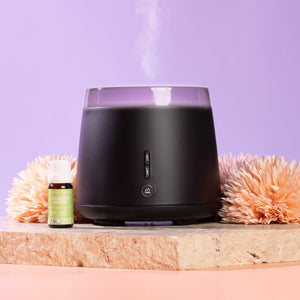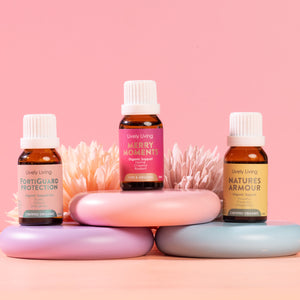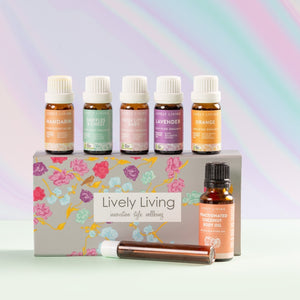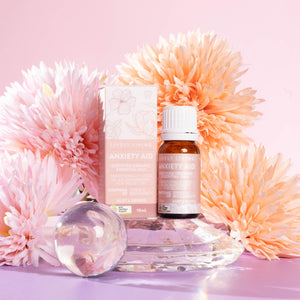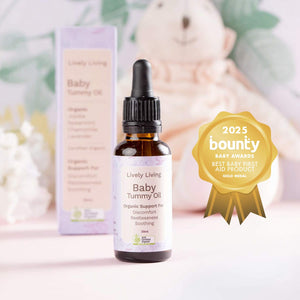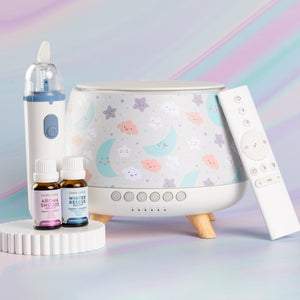Building a Chemical-Free Nursery for Your Little One
Bringing your little one home is so exciting. You want everything perfect and safe for them. This often means thinking about Building a Chemical-Free Nursery for Your Little One. It's a space where your baby will spend a lot of time sleeping and playing, so creating a healthy environment from the start feels right. Planning for Building a Chemical-Free Nursery for Your Little One is an important step for many conscious parents concerned about their baby's health.
Table of Contents:
- Why Bother With Chemical-Free? Understanding the Concerns
- Steps for Building a Chemical-Free Nursery for Your Little One: The Basics
- Choosing Safe Furniture for the Nursery
- Soft Touches: Bedding, Decor, and Toys
- Keeping it Clean: Non-Toxic Cleaning and Laundry
- A Note on Essential Oils in the Nursery
- Conclusion
Why Bother With Chemical-Free? Understanding the Concerns
Babies are tiny and their bodies are still developing rapidly. Their systems are more sensitive to environmental factors, including the harmful chemicals that might be present in everyday items. Their skin is thinner and more absorbent than adult skin, and they also breathe more air relative to their body weight, increasing their potential exposure to airborne particles or chemicals impact.
Many common household items can release substances into the air, often referred to as volatile organic compounds (VOCs). You might find VOCs in new paint, furniture, some carpets, and even cleaning products. Phthalates, another group of toxic chemicals, are frequently used to soften plastics or make fragrances last longer; they can be found in vinyl flooring, some toys, and air fresheners. Flame retardants are also prevalent in many types of furniture and mattresses, and these chemicals have been linked to various adverse health effects.
Taking steps to reduce chemical exposure and improve indoor air quality can provide peace of mind and contribute significantly to a healthier start for your baby when they arrive.
Steps for Building a Chemical-Free Nursery for Your Little One: The Basics
Creating that safe space for your baby's nursery begins with the room itself. Pay close attention to the walls, floors, and the air your baby will breathe. These are the fundamental building blocks for a healthy, non-toxic nursery environment.
Walls and Floors: A Clean Slate
Let's talk about paint first, as it covers a large surface area in the baby's room. Fresh paint can dramatically brighten a room and influence the color palette of your nursery design. However, many conventional paints release volatile organic compounds (VOCs), and these fumes can linger long after the paint has dried, contributing to poor indoor air. Look specifically for paints labeled as 'low-VOC' or, even better, 'no-VOC' non-toxic paints. Water-based paints generally have fewer VOCs than oil-based alternatives, and some companies now offer paints made from natural ingredients like milk proteins, clay, or plant oils, which are excellent non-toxic products.
Wallpaper can add a lovely decorative touch and creative ways to personalize the nursery decor. However, many traditional wallpapers contain vinyl, which can release phthalates and may use chemical adhesives. When selecting wallpaper, look for options made from paper or natural fibre.
Now, let's consider the floors, another significant surface in the baby's nursery. Carpets can unfortunately trap dust, allergens, and chemical residues from their manufacturing or treatments; the backing and adhesives might also release VOCs, leading to poor indoor air quality. If you prefer carpet, seek out natural fibre options like wool, sisal, or organic cotton, making sure it has no chemical treatments or synthetic fibre backings. Hardwood floors are a fantastic choice for a non-toxic nursery because they are easier to keep clean and do not harbor allergens as easily.
Breathe Easy: Improving Air Quality
Good air quality is crucial for a healthy nursery, especially in a room where your baby spends so much time sleeping and playing. Proper ventilation is your first and most important step. Open windows regularly to let fresh air circulate throughout the baby's room; do this even during colder months, if only for a short period each day, to flush out pollutants and improve the indoor air. Good circulation of clean fresh air is fundamental.
An air purifier can be a very helpful addition to the nursery for enhanced air purification. Look for high-quality air purifiers liek those from Lively Living. If considering a HEPA filter, remember filters need to be changed regualry or they become a breeding ground for germs and mold spores. Investing in good air purifiers is a wise step for health-conscious parents.

Houseplants can also play a small role in improving indoor air quality. Certain plants are known to absorb some airborne toxins. However, exercise caution with plant choices, as some plants can be toxic if ingested by curious babies or pets. Always research baby-safe plants thoroughly and place them well out of your child's reach. Good choices like spider plants, bamboo palm, or snake plants are generally considered non-toxic and are decent air purifiers, though relying solely on plants for air purification is not sufficient for maintaining optimal air quality. Ample natural light is also beneficial; maximize natural lighting by keeping curtains open during the day, as sunlight can have a mild purifying effect and helps regulate a baby's sleep patterns. Natural light also makes the baby's nursery feel more cheerful.
Choosing Safe Furniture for the Nursery
Nursery furniture is a significant component of any baby's room. You will need a crib, a changing table, and likely a dresser or other storage. Ensuring these essential pieces are non-toxic is a major step toward a chemical-free environment and a beautiful nursery.
The Crib: A Safe Sleep Space
The crib is where your baby will spend many unsupervised hours sleeping and playing. You want it to be as safe and healthy as possible. Choose a crib made from solid wood such as maple, oak, or cherry; avoid items like particleboard, MDF (medium-density fiberboard), or pressed wood. These engineered woods often use glues containing formaldehyde, a volatile organic compound that can off-gas into the air, impacting the indoor air quality of the baby's room. Look for finishes that are non-toxic, meaning water-based stains or paints that are free from lead and other heavy metals. Since babies often chew on crib rails when teething, the finish is particularly important.
The Mattress Matters Most
Your baby will spend more time in direct contact with their mattress than with any other single item in the nursery. This makes the mattress choice critically important for their health. Conventional mattresses are often made from polyurethane foam, a petroleum-based material that can release VOCs. They also typically contain chemical flame retardants to meet flammability standards, and waterproof covers are frequently made from PVC or vinyl, which can contain phthalates and other harmful chemicals. Look for mattresses made from organic and natural materials. Organic cotton, organic wool, and natural latex are excellent choices. Wool is naturally flame resistant, so mattresses incorporating wool can often meet safety standards without chemical flame retardants. Make certain the mattress fits snugly in the crib, with no gaps between the mattress and the crib sides, to prevent entrapment hazards and contribute to a safe environment that could reduce risks associated with sudden infant death.
Changing Table Essentials
Your changing table will see a lot of daily use. Similar to the crib, solid wood is a great option for the changing table itself; again, check for non-toxic, low-VOC finishes. You can also find changing toppers designed to fit securely onto a dresser, which can save space and money if you already have a suitable dresser. The changing pad itself also requires careful consideration. Many conventional changing pads are made of foam and covered in vinyl or PVC. Look for organic cotton changing pads or pads made with natural latex. Waterproof covers made from polyurethane laminate (PUL) are generally considered a safer alternative to PVC for waterproofing, or you can use organic cotton covers with a separate wool puddle pad placed underneath for natural waterproofing.
Dressers and Storage Solutions
Dressers and other storage units are essential for holding your baby's clothes, diapers, and supplies. The same rules apply here as for other nursery furniture. Opt for solid wood pieces to avoid the formaldehyde often found in pressed wood or particleboard. Look for low-VOC or no-VOC finishes to maintain good indoor air quality. Older, antique furniture can sometimes be an attractive option, offering character. However, you must be extremely careful about the potential for lead paint if the piece is old and has its original finish. Lead paint is highly dangerous for children, and exposure can lead to serious adverse health problems.
A Comfy Spot: Gliders and Rocking Chairs
A comfortable glider or rocking chair can be a sanctuary for those late-night feedings and soothing moments with your baby, contributing to restful sleep for both of you. Look for chairs constructed with a solid wood frame. The upholstery is another area where chemicals can hide; many fabrics are treated with stain-resistant chemicals (like PFAS) or flame retardants. Choose natural fabrics like organic cotton, linen, hemp, or wool for the upholstery.
Soft Touches: Bedding, Decor, and Toys
Once the larger items of nursery furniture are in place, it's time to think about the softer elements that complete the nursery. Bedding, decor, and toys also come into close contact with your baby and can be sources of chemical exposure if not chosen carefully. Making safe choices here is essential for the baby's health.
Cozy and Clean Bedding
Your baby's delicate and sensitive skin will be in constant contact with their bedding. Choose crib sheets, swaddles, and sleep sacks made from 100% organic cotton. Organic bamboo or hemp are also good natural fibre choices. These materials are grown without synthetic pesticides and herbicides and are typically processed more gently, without harsh chemical dyes or finishes. Prioritize organic cotton crib sheets, especially GOTS-certified ones. Avoid synthetic fibres like polyester, as these can trap heat, are not very breathable, and may contain chemical residues from manufacturing. Also, steer clear of bedding with strong chemical dyes or artificial fragrances. Stick to simple, breathable materials in light or natural colors.
Decorating Naturally
Rugs can add warmth, color, and texture to the nursery decor. Look for rugs made from natural fibres such as wool, organic cotton, jute, or sisal. Check that the backing of the rug is also made from natural materials like jute or natural latex, and avoid rugs with synthetic rubber or plastic backings that can off-gas VOCs. Curtains should also be made from natural materials; organic cotton or linen are excellent choices as they are breathable and generally free of harsh chemicals. For wall art and other decorative items, choose prints made with non-toxic, water-based inks and paper.
Playtime: Choosing Safe Toys
Toys are how babies learn, explore, and interact with their environment. However, many conventional toys can contain unwanted chemicals that impact baby's health. Plastic toys are a significant concern; many contain BPA, BPS, phthalates, PVC, or other plasticizers and endocrine-disrupting chemicals. These can leach out, especially if babies chew on them. Wooden toys are a wonderful alternative for toxin free play. Look for unfinished wood or make sure they are finished with non-toxic, water-based paints, natural oils (like linseed or jojoba oil), or beeswax.
Keeping it Clean: Non-Toxic Cleaning and Laundry
A clean nursery is important for a healthy baby. But you don't want to introduce harsh cleaning chemicals into the environment where your baby spends so much time. Many conventional cleaning products contain strong artificial fragrances, VOCs, and irritating ingredients that can affect indoor air quality and sensitive skin.
Natural Cleaning Power
You can easily make effective, non-toxic cleaning products yourself using simple household ingredients. White vinegar diluted with water (typically a 1:1 ratio) is a great all-purpose cleaner and disinfectant for many surfaces. Baking soda works as a gentle abrasive for scrubbing and can also help neutralize odors. A little unscented liquid castile soap mixed with water can tackle greasy spots and general cleaning tasks. These simple ingredients are effective, inexpensive, and very safe for use around babies. If you prefer to buy pre-made cleaners, look for eco-friendly brands that prioritize plant-derived ingredients and list all their components clearly.
Gentle Laundry Care
Baby clothes, crib sheets, and other bedding will need frequent washing. Choose a laundry detergent that is plant-based and biodegradable. It should also be free of synthetic fragrances, dyes, chlorine bleach, and optical brighteners, as these additives can irritate a baby's sensitive skin or trigger allergic reactions. Avoid conventional fabric softeners and dryer sheets. These products often leave a chemical residue on fabrics and contain strong synthetic fragrances that can be irritating and contribute to poor indoor air. Wool dryer balls are a great natural alternative; they help soften clothes, reduce static, and can shorten drying time. You can even add a drop or two of a baby-safe essential oil (like lavender) to the wool dryer balls for a very light, natural scent if you wish, though unscented is often best for newborns.
A Note on Essential Oils in the Nursery
Kid safe Essential oils can be lovely and are popular for their aromatic properties. Some people use them in air purifiers or diffusers to create a calming atmosphere or to help purify the air. If you are considering diffusing essential oils in the baby's nursery, use them with extreme care and caution. Babies, especially newborns and infants, are much more sensitive to strong scents and the potent compounds in essential oils than adults are. Their respiratory systems and skin are still developing. Always choose high-quality, 100% pure essential oils from reputable sources like Lively Living and avoid fragrance oils, which are synthetic
Conclusion
Creating this special space for your new arrival is a loving act. Working on Building a Chemical-Free Nursery for Your Little One does take thoughtful planning and effort. But the peace of mind it brings, knowing you are minimizing your baby's exposure to harmful chemicals, is truly invaluable. Every choice you make to choose non-toxic materials and nursery products contributes to a healthier indoor environment where babies spend so much time.
This journey of making safe choices is about progress, not perfection. Celebrate each step you take as you nursery create a sanctuary that supports your baby's health and development from day one. This foundation of care, focusing on clean fresh air, non-toxic paints, natural fibre options, and sustainable materials, will benefit them for years to come as they grow and explore their beautiful nursery.

